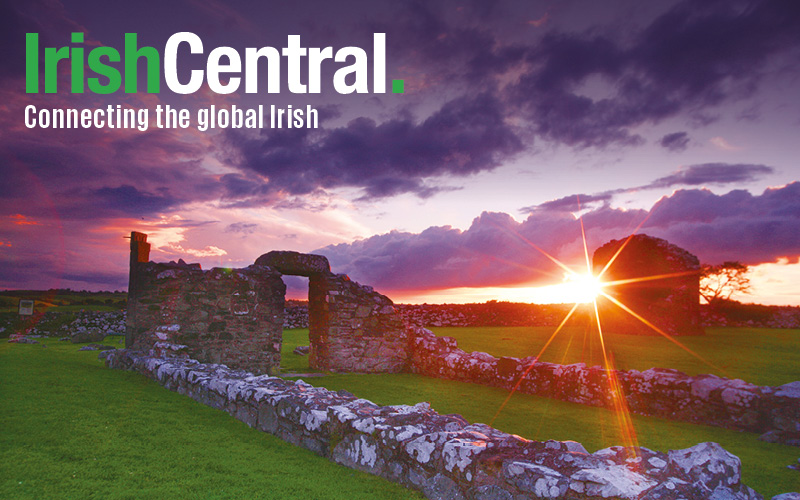It’s a digital, interactive, online, tricked-out Google map called The Atlas of Ingenious Ireland. Dedicated to "Putting Irish Science on the Map," it locates and annotates key science, tech and natural history landmarks.
Click on the blue “Astronomy” icon with the silhouette of Saturn in the center of the Irish map for the story and a photo of the Birr Castle Telescope, 150 years ago the world's largest telescope and even mentioned in a Jules Verne novel.
To lean more, just click the link to the Birr Castle website. Or click the blue icon just north of Dublin to learn about a much older–maybe the oldest--astronomical observatory, Newgrange.
Tucked behind the Newgrange marker is an orange icon with the engineering symbol of a drafting compass, indicating the location of the Boyne Viaduct, carrying the Dublin-Belfast railway across a steep gorge at Drogheda, which was the longest lattice construction of its kind when it opened in 1855.
The engineer’s eye will travel north to another orange icon marking the Antrim Coast Road, a feat of engineering with great geology and scenery and the perfect approach to the Giant's Causeway, itself is marked by a gray icon with a stylized mountain range indicating a Geology and Earth Science site.
The Atlas of Ingenious Ireland notes many more sites to see, among them Mayo National Park, the birthplace of 19th century science great George Gabriel Stokes (1819-1903), Lismore Castle, birthplace of the first modern chemist Robert Boyle and Hook Head, the world's oldest working intact lighthouse.
Soon another layer of interactivity will be turned on, enabling visitors to add their own picks to the map’s highlighted attractions.
The project is one of many for the dynamic Mary Mulvihill, a noted science journalist. IngeniousIreland.ie is her portal to a world of walks, talks and audio guided tours of Ireland and an outgrowth of her award-winning book Ingenious Ireland, which ferreted out the intriguing inventions and discoveries, fascinating fossils and landscapes in all 32 counties.
So the next time you tour, take in some science with the scenery. For me, I want to stop at Leighlinbridge, birthplace of great 19th century scientist John Tyndall (1820-93). In a land where skies are completely covered by cloud roughly half of the time, he was the first person to explain why the sky is blue.
MEDIA PINGS: Credit where credit is due…found my way to Ingenious Ireland through an article on my favorite tech news site SiliconRepublic…kudos to Raymond Sexton for assembling another provocative group in New York for his recent Tangible Ireland, a leadership forum relentlessly dedicated to creating the connections and incubating the ideas that lead to Irish development, economic and otherwise, while strengthening engagement within the Irish Diaspora.




Comments